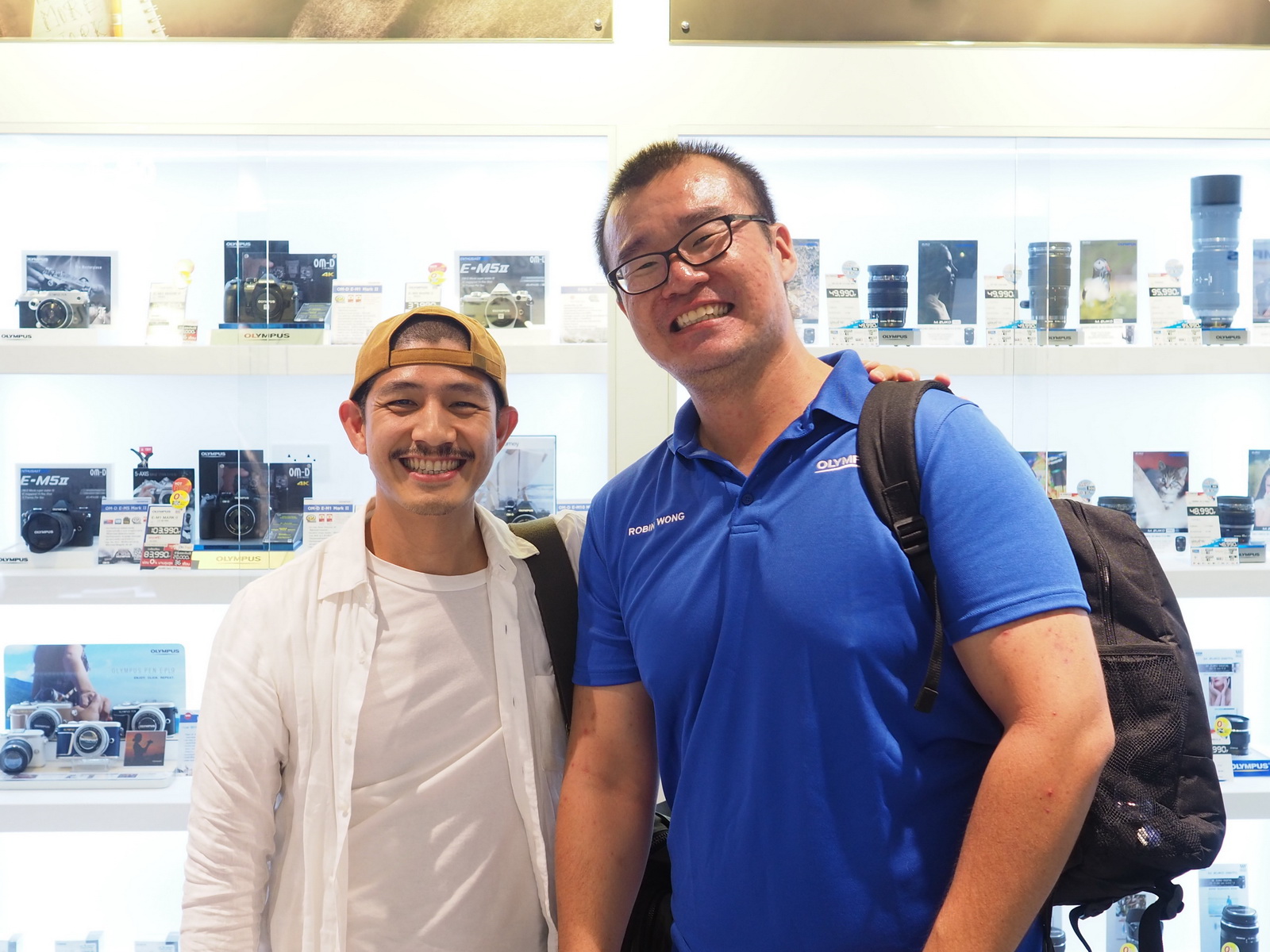About
Popular Posts
-
With all the buzz surrounding the latest launch from OM Digital Solutions, the OM-1 Mark II, I am taking a step backward to look into a came...
-
UPDATE: I have a new and improved 2019 version of OM-D Cheat Sheet published here (click). Please keep this blog alive - support me with ...
-
Olympus has added a new camera to their OM-D line, the E-M10 Mark IV. I have had a sample review unit on loan for about 2 weeks before the o...
-
Those who have followed me since the earlier days will remember that I have an Olympus PEN E-PL1 and I still keep it till today. I have not ...
-
I have recently done my quick impression write-up for the two long lenses from Olympus M.Zuiko line up, the M.Zuiko 75-300mm F4.8-6.7 and ...
-
I have been receiving numerous requests for me to do something with the Olympus M.Zuiko 75-300mm F4.8-6.7 Mark II lens, and I finally got ...
-
Please keep this blog alive - support me with a small contribution to my Paypal (click) or buy me a coffee here (click). Coinciding wi...
-
The last tine I tried the Panasonic 20mm F1.7 was more than 10 years ago, and it did not leave a good impression on me. From my memory with ...
-
I managed to get my hands on a demo unit of the newly launched Fujifilm X-M5 at a touch and try session happening inside the Artishutter X N...
-
TTArtisan sent me their 75mm F2 AF lens for Nikon Z mirrorless full frame mount cameras. I tested the lens on my own Nikon Z5, and boy oh bo...
Labels
- Accessories
- Camera Bags
- Camera Features
- Camera Review
- Deep Thoughts
- Events
- Food
- Gadget Review
- Gear Reviews
- Lens Review
- Local Photography Events
- Macro Photography
- Olympus
- Personal
- Photography
- Photography Project
- Photography Thoughs
- photography thoughts
- Photography Tips
- Portraits
- Shutter Therapy
- Smartphone Photography
- Smartphone Review
- Speaking Up
- Stage Photography
- Street
- Street Photography
- Travel
- Upclose and Personal



























































